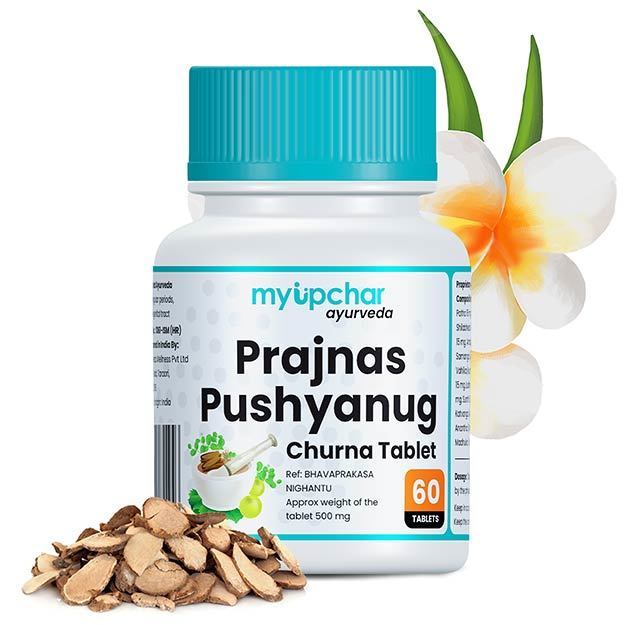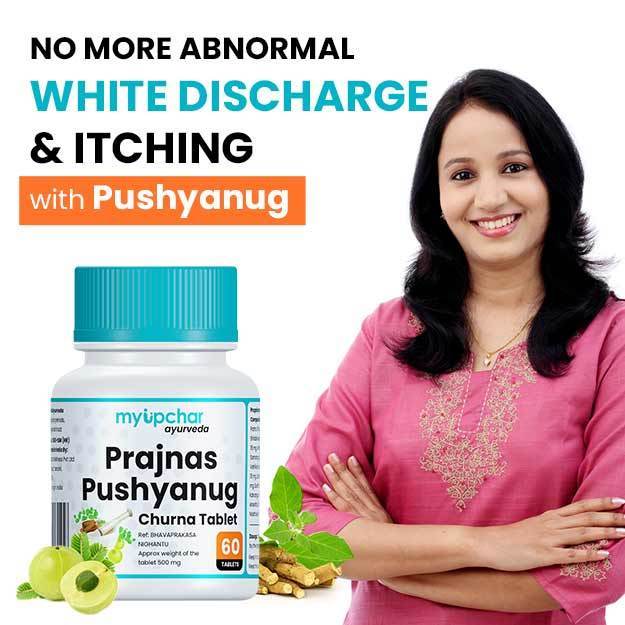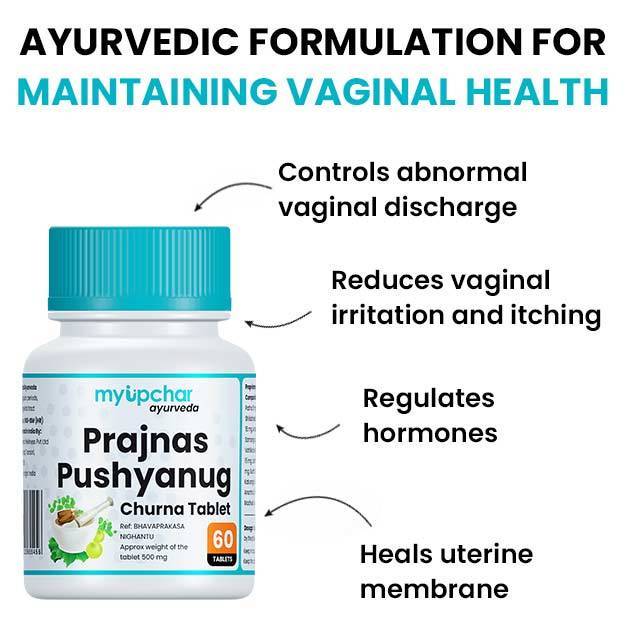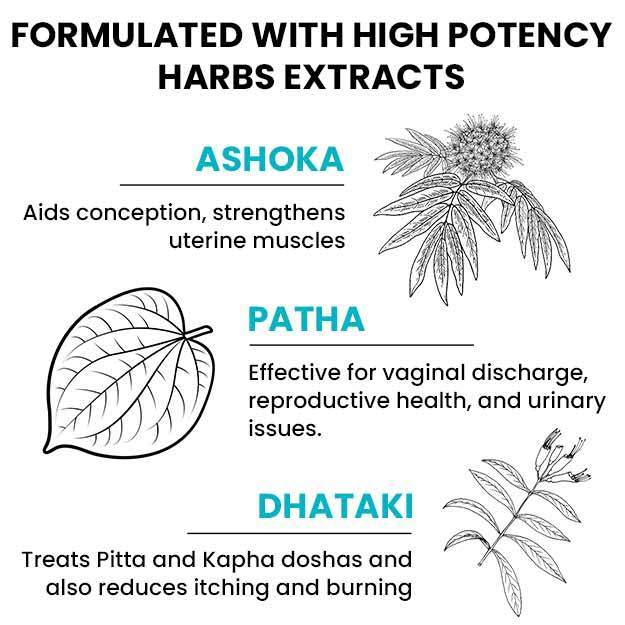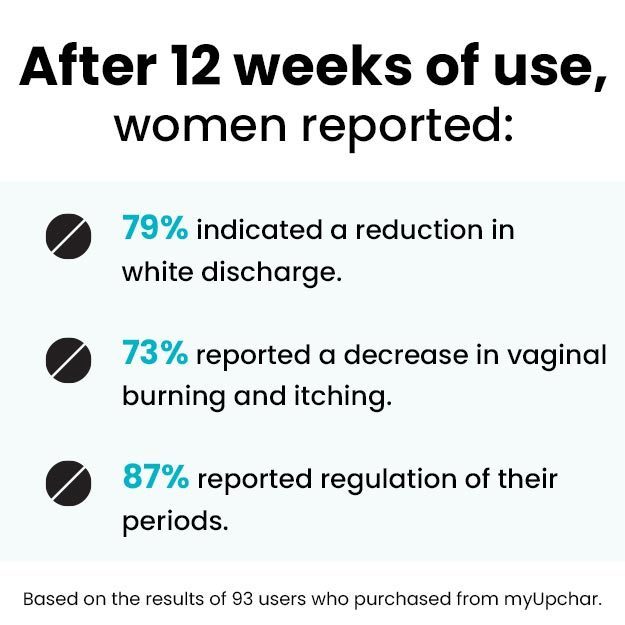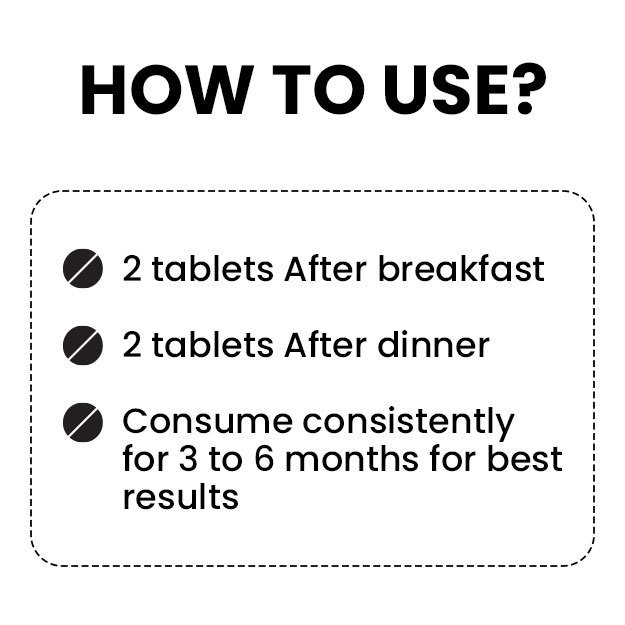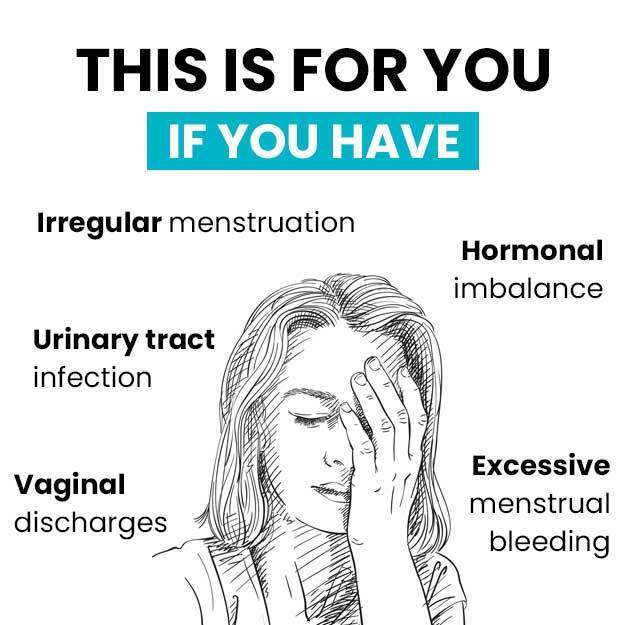Menstrual Hygiene Day is observed every year on 28 May, to reduce stigma and raise awareness about safe periods across the world.
The choice of date (28/5) is not a coincidence; the 28th day of the month was chosen in recognition of the fact that many women have a 28-day menstrual cycle, while five (May is the fifth month) is a reference to the number of days that many women have their period for.
To be sure, each woman’s experience of periods can be slightly different. For starters, the menstrual cycle can last anywhere from 21 to 35 days and the normal range for periods is two to seven days.
These variations can make it difficult to make generalisations about periods. However, knowing the basics can help you understand your body, your period symptoms and your health better. So read on.
Menstruation or period symptoms
There’s no hard and fast rule for how periods should feel or be: each woman has her own experience with them. For example, while some women find period pain debilitating, for others it’s practically non-existent.
Depending on her stage of life—young age, old age, breastfeeding or not—the same woman can also experience each period slightly differently.
That said, there are some common symptoms of periods that every girl and woman of reproductive age should know about:
- Menstrual cramps: These occur because of tiny uterus contractions, to push the menstrual blood out of the body. They can vary in intensity from mild to severe. Drinking water throughout the day and eating a balanced diet with adequate amounts of magnesium and potassium can help prevent cramps. For mild to moderate cramps, applying a hot water bottle to your stomach or taking an antispasmodic tablet can help. If you have unbearable cramps, though, visit your gynaecologist for a thorough checkup.
- Bloating: Bloating during periods is just one of the gastrointestinal symptoms that can accompany menstruation. This occurs because of the hormonal changes in the body: the female sex hormones, estrogen and progesterone, also affect the water and electrolyte balance in the body. This is why most women experience water and salt retention in the body during periods, which causes bloating and diarrhoea or constipation.
- Headaches: Also linked to the rise and fall of estrogen and progesterone hormones in the body, period headaches can range from mild to moderate “hormonal headaches” to severe “menstrual migraine” headaches.
- Breast pain: Research is still on to find out why this happens. Some medical researchers have suggested that breast pain during periods (cyclical breast pain) could be because of an imbalance in the amount of estrogen and progesterone in the body (more estrogen), while others have implicated the hormone prolactin (a hormone responsible for breast development and for producing breast milk). Women often describe more pain in one breast. The pain can also start in the underarms. At least one study suggested that taking five drops of camomile extracts three times a day during your periods may soothe the symptoms.
- Back pain: Prostaglandins—a hormone that is also responsible for contractions, and back pain, during labour—is thought to be the main culprit behind this. The pain tends to radiate from the front of the body to the back. If taking pain medication and applying a hot water bottle doesn’t help and if the back pain is unbearable, visit a doctor to rule out endometriosis (a condition in which some tissue from the uterus starts growing in another part of the body).
- Blood clots: Small blood clots during periods are perfectly normal. If, however, you start to pass many big clots (bigger than a Rs 2 coin), then you may be experiencing heavy bleeding during periods. It is a good idea to see your doctor, if you feel like you are bleeding a lot more than usual.
Menstrual hygiene products
A big part of having a safe period is taking extra care of hygiene. This is because women can be more susceptible to some infections like urinary tract infections and vaginal yeast infection during or just before their period. Thankfully, there are some hygiene products and practices that can help:
- Sanitary napkins: These come in different sizes and materials, from banana fibre to super-absorbent polymer. You can also choose a reusable cloth one, which is more eco-friendly. Whichever sanitary pad or napkin you choose, make sure you change the napkin every four to six hours, use an unscented one (to avoid contact dermatitis) and change in a hygienic setting after washing your hands properly.
- Tampons: Like menstrual cups, tampons are menstrual hygiene products that are inserted into the vagina to soak up menstrual blood. It is a good idea to change a tampon every four to eight hours and choose a lower absorbent strength than you think you need.
- Menstrual cup: Menstrual cups have gained popularity in the 21st century as an eco-friendly and cost-effective solution. Wearing one and removing it to drain the blood can take some getting used to, though. Usually made of silicone, these cups are safe and hygienic. However, it is important to wash them and store them in a clean place between uses.
Having a safe period also means taking good care of your diet, doing light exercises and getting adequate sleep.
Read more: Period diet: what to eat, what not to eat during periods
How to temporarily stop or delay your period
Periods are a natural part of your reproductive years. And while women can do anything they like during periods, they also have the choice to delay or stop periods when they want. Here are some commonly available therapies to achieve this:
- Birth control pills: Birth control pills regulate the sex hormones in the body. Depending on which type of contraceptive you use, you could get a period once every month, once every three months or once in a year. Make sure you talk to your doctor before going on the pill, as he or she will be able to prescribe one that is best suited to your body and your requirements.
- Hormone shot: You could talk to your doctor about hormone injections to delay your periods for up to 22 months.
In addition to these, there are ways to reduce period symptoms and bleeding without stopping periods altogether. These include:
- Hormonal intrauterine devices
- Arm implant
Both are long-acting contraceptive solutions that slowly release synthetic hormones into the body, to regulate the cycle and reduce period symptoms.
Read more: How to get your period early














